MIG welding gloves are thinner and more flexible, offering better dexterity, while stick welding gloves are thicker and provide higher heat protection.
With over 20 years in the glove industry, I’ve seen firsthand how choosing the right gloves improves both safety and work efficiency. Here’s a clear comparison to help you select the right gloves.
1. Thickness and Heat Resistance
| Glove Type | Thickness | Heat Protection | Dexterity |
|---|---|---|---|
| MIG Gloves | Medium (0.9–1.3mm) | Moderate (up to 500°F/260°C) | High |
| Stick Gloves | Thick (1.4–2.0mm) | High (up to 700°F/371°C+) | Low |
- MIG Gloves: Provide good protection from moderate heat, suitable for shorter tasks with less heat exposure.
- Stick Gloves: Offer superior protection against high heat, sparks, and molten spatter, essential for heavy-duty welding.
1. MIG Welding Gloves Explained
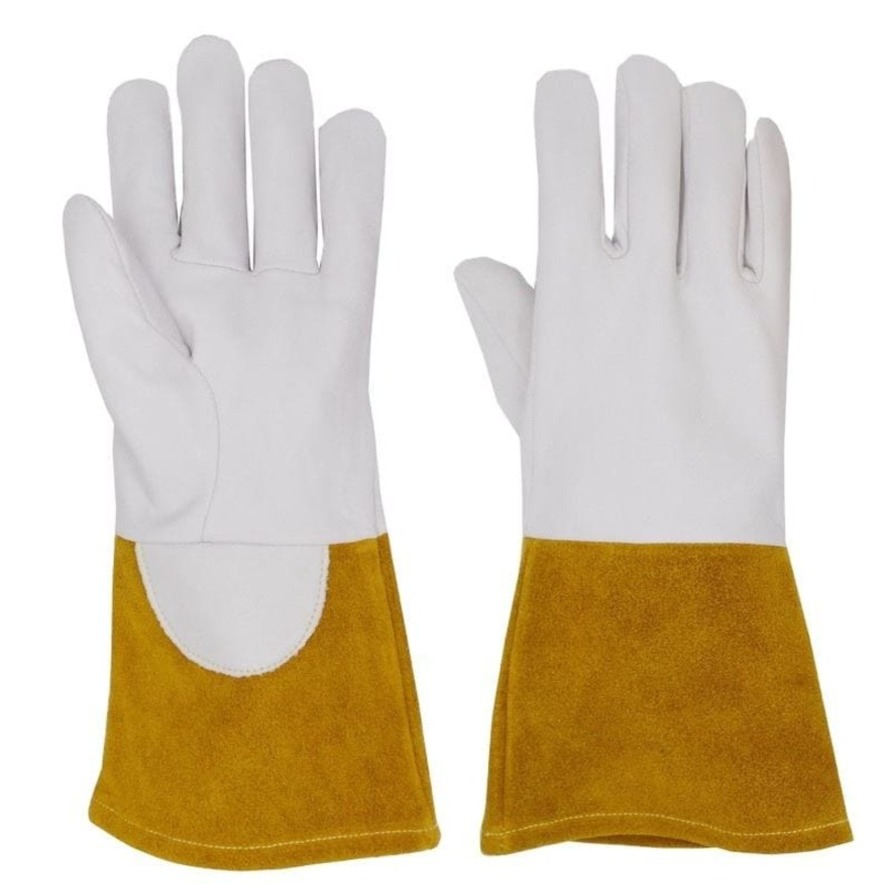
Advantages:
- Good flexibility: Ideal for precise tasks like automotive repairs.
- Comfortable Fit: Snug design allows accurate control.
Disadvantages:
- Less protection from extreme heat and heavy spatter.
Best For:
- Automotive welding
- Fabrication work
- Tasks requiring precision and mobility
2. Stick Welding Gloves Explained
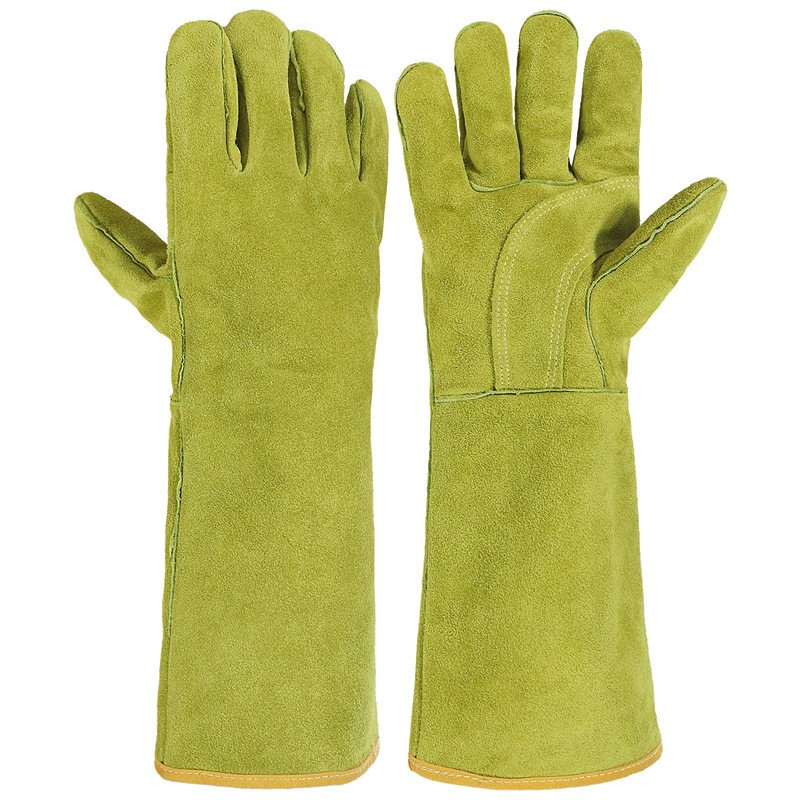
Advantages:
- Superior heat resistance: Protect against sparks, high heat, and molten metal.
- Greater durability: Heavy leather construction offers longer life.
Disadvantages:
- Reduced finger movement due to thickness.
- Heavier and less comfortable over long periods.
Best For:
- Heavy industrial welding
- Structural metalwork
- Outdoor welding projects
2. Quick Comparison Table (Real-World Example)
| Situation | Recommended Glove |
|---|---|
| Short-term welding, precision tasks | MIG Gloves |
| Heavy-duty welding, high-heat exposure | Stick Gloves |
3. Choosing the Right Gloves (From Expert Experience)
- Precision Welding Tasks: Choose MIG gloves for better control.
- Heavy Welding & High Temperatures: Stick gloves offer maximum protection.
- Mixed Tasks: Consider having both glove types for different projects.
3. Expert Tips from 20+ Years of Glove Industry Experience:
- Inspect regularly: Check gloves frequently for wear, especially seams and fingertips.
- Fit matters: A snug fit improves comfort, safety, and welding quality.
- Choose Quality: Always buy gloves from reliable manufacturers to ensure safety and durability.
Conclusion
Choosing the correct glove type is critical for safe and efficient welding. MIG gloves prioritize comfort and dexterity, while stick welding gloves provide superior heat protection and durability. Identify your specific welding tasks clearly to pick the right gloves.
Need help selecting welding gloves for your job? Leave a comment below for expert recommendations!

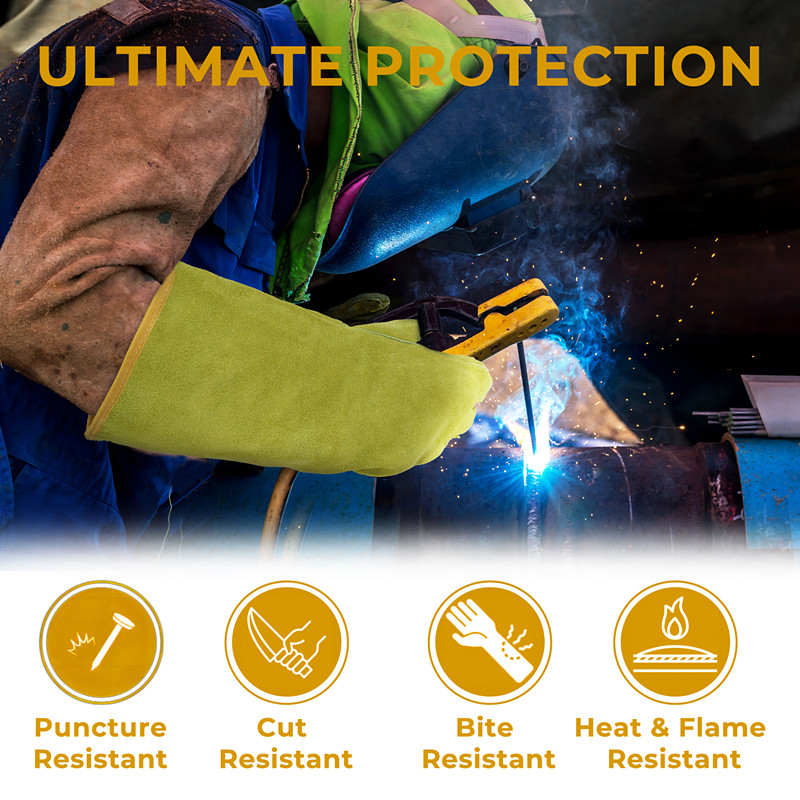

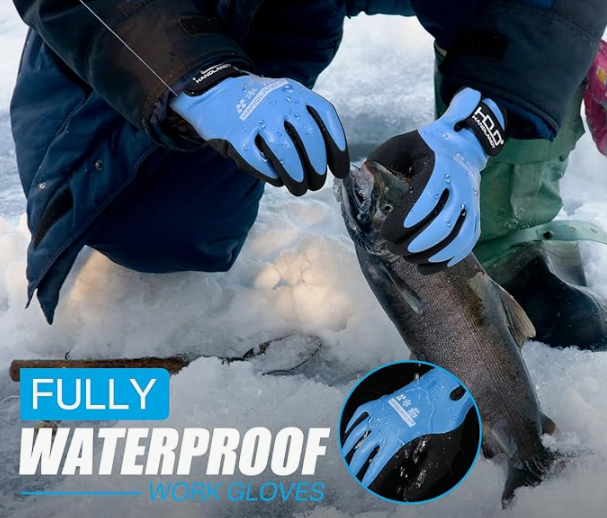
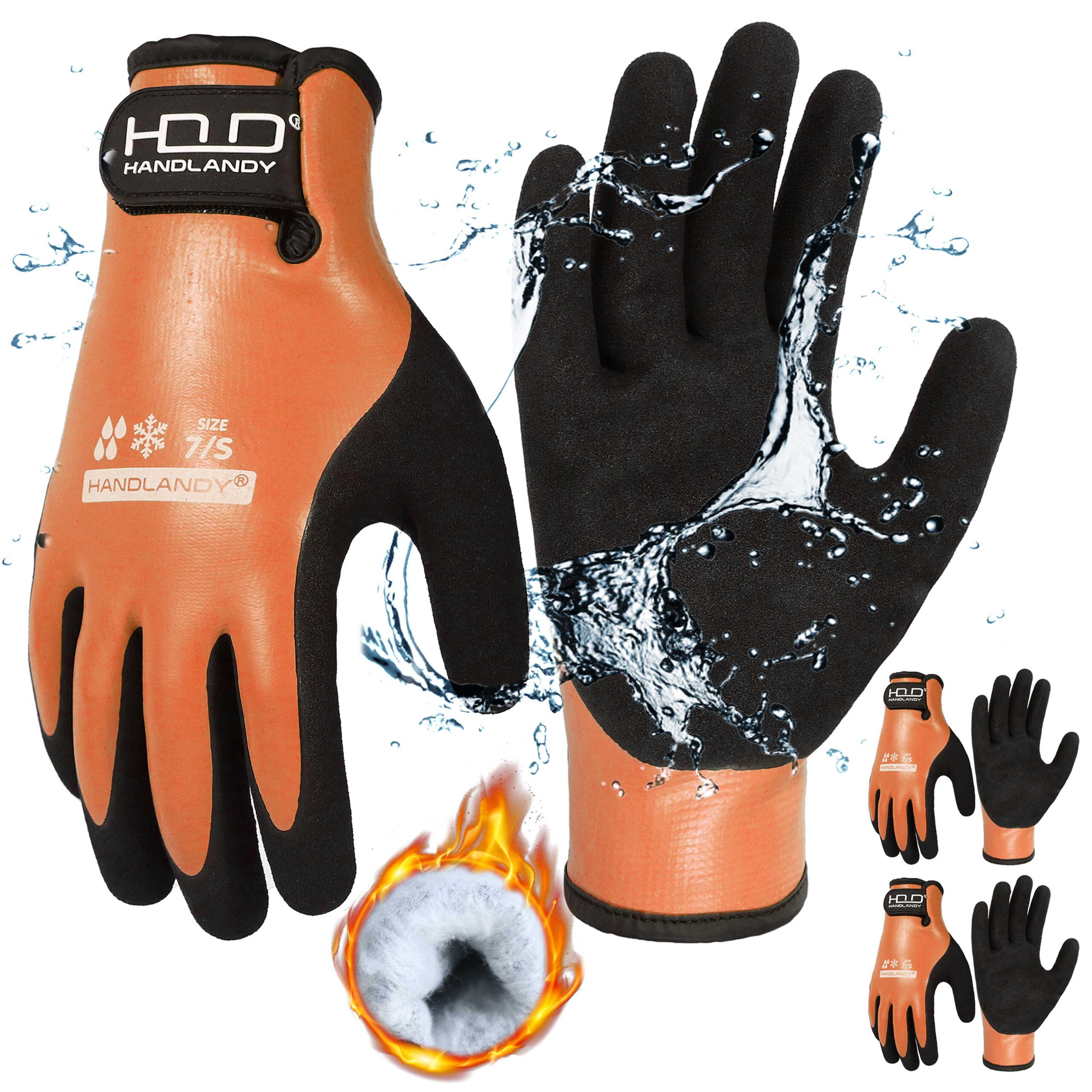

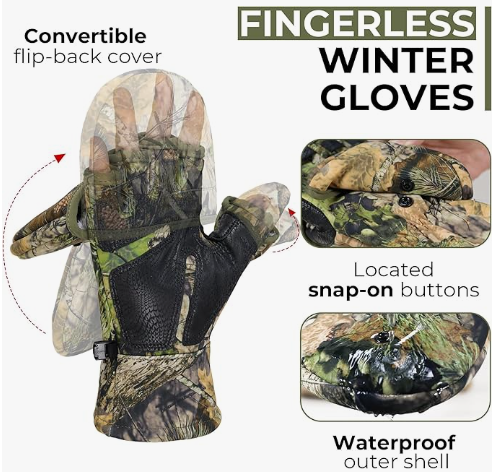


2 Responses
This is really interesting, You are a very skilled blogger. I have joined your rss feed and look forward to seeking more of your magnificent post. Also, I have shared your site in my social networks!
Thanks a ton for the shout-out—knowing the site was helpful to you just made our day.
We’ll keep the good stuff coming!
All the best,